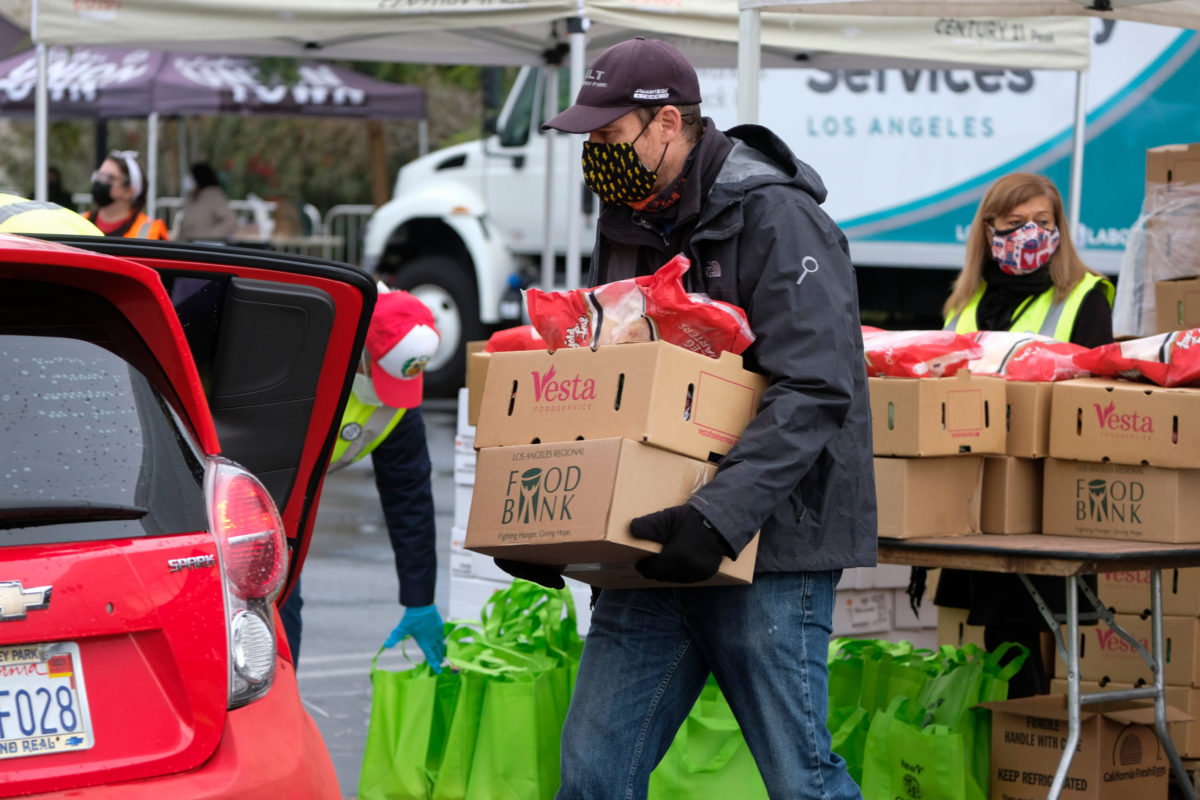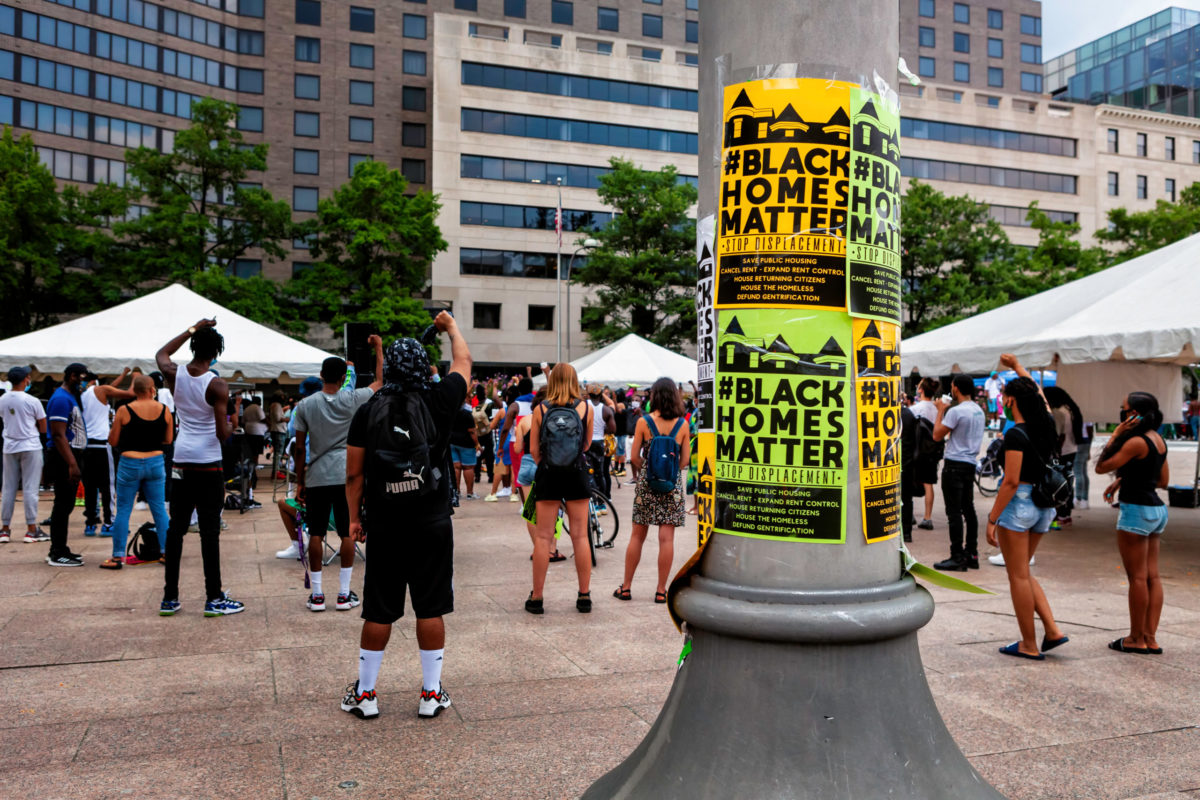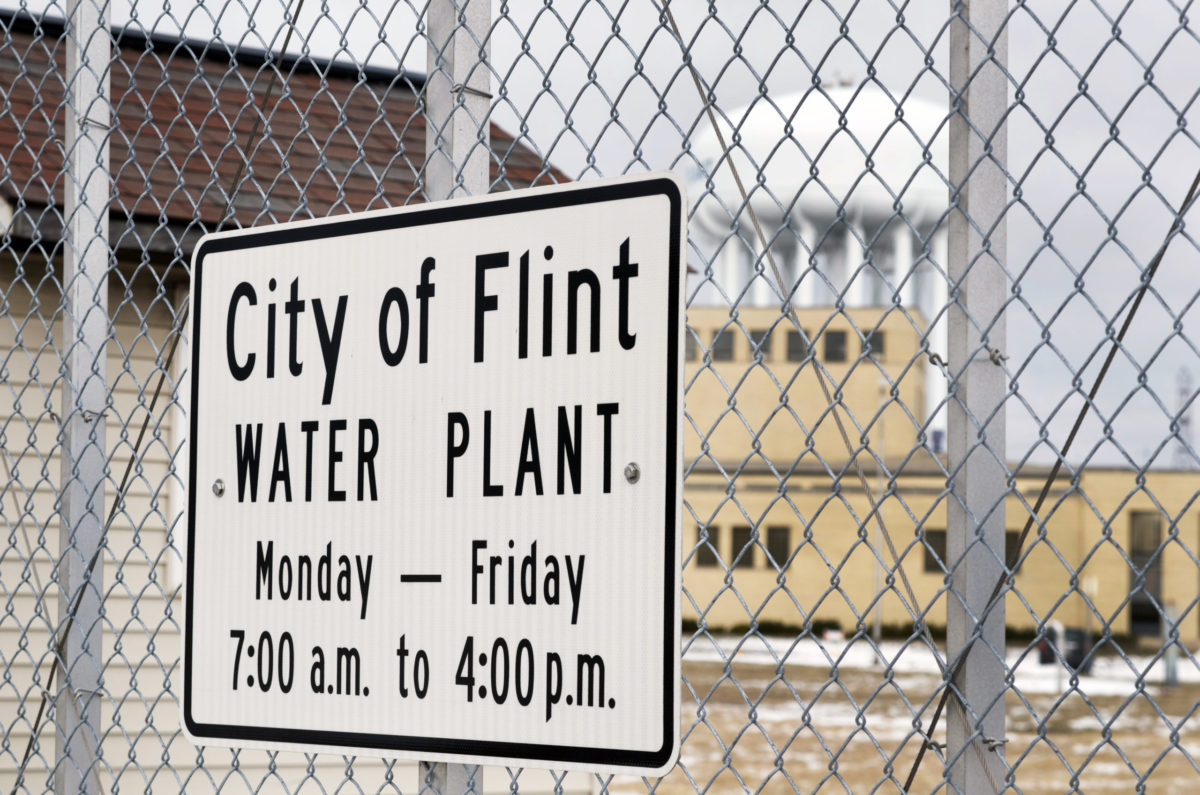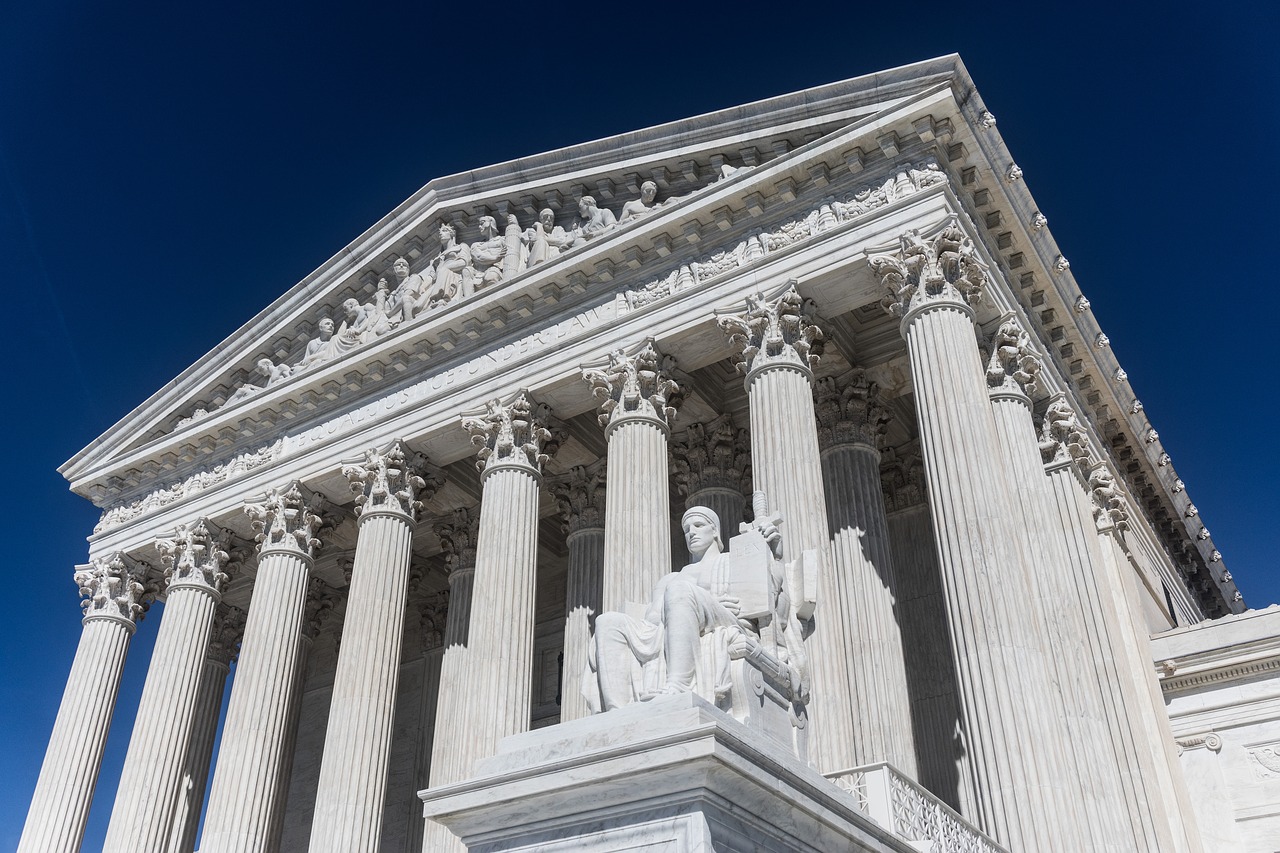Symposium Conclusion: Health Justice: Engaging Critical Perspectives in Health Law & Policy
Collectively with these contributors, we aim to define the contours of the health justice movement and debates within it.

Collectively with these contributors, we aim to define the contours of the health justice movement and debates within it.

During the pandemic, community-based organizations filled many gaps by delivering services that local governments could not provide.

It’s time to re-envision and invest in a new public health infrastructure, one that is equipped and authorized to respond to the global crises we’re facing.

I grew up in the South Bronx, insulated from the absence of health justice until the fourth grade, when I began attending private school.

Researchers and advocates have long-documented the disparate punishment and policing of BIPOC students compared to their white peers.

To us, health justice means change. Not cosmetic or peripheral change, but wide-scale, systemic change.

Rather than simply recognizing the existence of social determinants of health, we must do the hard work to create and re-create systems.

Well-being and ill-being can be measured in many ways, but health is a fundamental part of the picture and is inextricably intertwined with justice.

Healing processes can operationalize the three components of the health justice framework to address the trauma of medical racism.

We can pave the way for our students to lead hospitals, courthouses, and statehouses in a collaborative pursuit of health justice.
